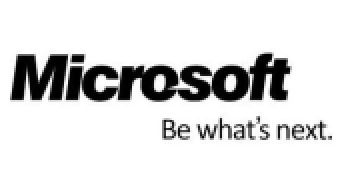Incentive auction policies, smart radio technology and unlicensed spectrum usage are the three tools that Microsoft sees as a start to resolving the problem of exploding wireless broadband demand.
Laptops, netbooks, smartphones, Tablet PCs, as well as additional next generation form factors are designed with users that want to always be connected to the Internet in mind.
However, one downside to the “always online” lifestyle is that consumer demand for wireless broadband connectivity has grown uncontrollably, and growth is only accelerating.
Fred Humphries, Vice President, U.S. Government Affairs, Microsoft cites data from a Staff Technical Working Paper, where the Federal Communications Commission (FCC) reveals that in a little over a year (between the first quarter of 2009 and Q2 2010) the volume of mobile data consumers used per mobile line has exploded by over 450%.
FCC estimates that in the next five years the amount of mobile per mobile line cam skyrocket to levels up to 50 times more than today.
In this context, the software giant is urging policy makers to take the necessary measures in order to ease the strain on wireless networks, while enabling the increasing number of devices connecting to the Internet to do so seamlessly.
“Incentive auctions are a crucial part of the solution if we are going to meet consumer demand,” Humphries stated. “Congress must act to grant the FCC incentive auction authority, which will assist the FCC in reclaiming spectrum for wireless broadband. This new authority will enable the FCC to use auction proceeds to compensate existing users of a spectrum band to vacate the band or to relocate to a different portion of spectrum, thereby making more spectrum available.”
“Policies that encourage the deployment of smart radio technology will help. Spectrum in practice isn’t being used everywhere all the time.
“The technology emerging to use the vacant channels in the television band, the so called “TV white spaces,” is an example. [It] will enable consumer devices such as phones and laptops to communicate with a database that will identify the vacant channels at their location.”
Humphries underlines that the three tools mentioned above should be regarded as nothing more than solutions to start addressing the looming wireless broadband crisis.
Additional levers will be required in order to make sure that wireless broadband demand is met, but incentive auctions, smart radio technology, TV white spaces are solutions that can already be implemented provided the right legislation is in place.

 14 DAY TRIAL //
14 DAY TRIAL //